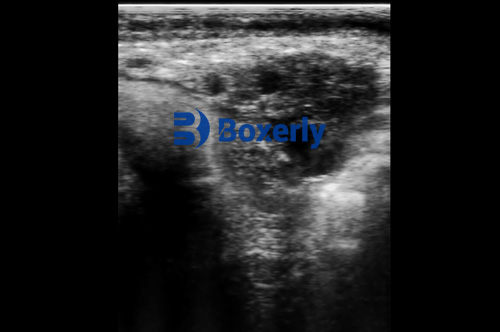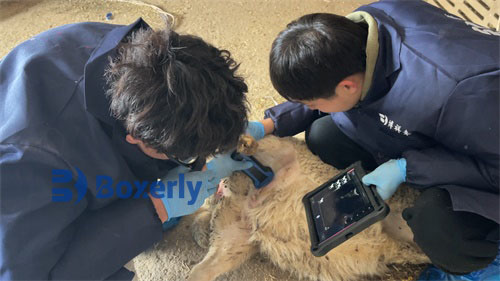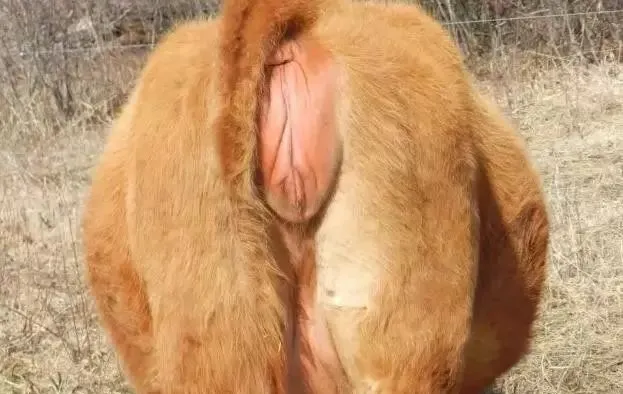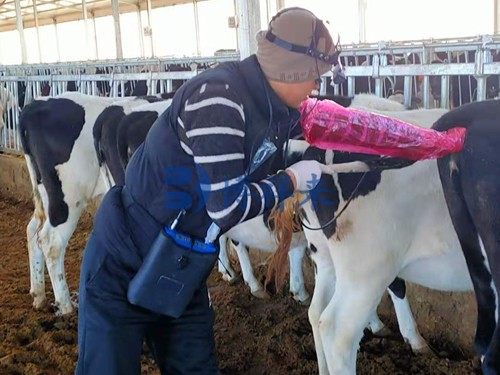As any experienced sheep farmer knows, early pregnancy detection in ewes isn’t just about curiosity—it’s about managing feed costs, optimizing lambing schedules, and ensuring the health of both the mother and the potential lambs. While ewes can be surprisingly subtle about carrying new life, there are reliable ways to figure it out—some as simple as watching behavior, others relying on advanced technology like Veterinary ultrasound. Over time, sheep farmers across the world have developed a mix of observational skills and science-backed methods to tell when a ewe is pregnant. Let’s break them down.

Observing Natural Signs: Farmer Instinct Still Matters
Many traditional sheep farmers still swear by behavioral changes and physical signs, and while these methods aren’t always 100% reliable, they’re often the first line of detection.
1. A Missed Heat Cycle
If your ewes were exposed to a ram and don’t show signs of returning to heat within 17–21 days, chances are they conceived. It’s not foolproof—some ewes may skip heat for other reasons—but it’s a solid early clue.
2. Behavioral Changes
Pregnant ewes tend to be calmer, less interested in the ram, and more food-focused. Some become more withdrawn or protective of their personal space. While these changes are subtle, farmers who know their flock can spot the difference.
3. Belly Shape and Udder Changes
As pregnancy progresses, especially into the third month, you may notice a growing abdomen, particularly when viewed from the rear. Around 100 days in, udder development may begin. But keep in mind—these are late signs and can vary based on the ewe’s age, number of fetuses, and body condition.
Hands-On Methods: When You Want a Little More Certainty
When behavioral observation isn't enough, some shepherds use more hands-on techniques—though these often require experience.
1. Palpation
This method involves gently feeling the ewe’s abdomen to detect fetal movement or enlargement of the uterus. Done incorrectly, it can cause stress or injury. In many countries, palpation is best left to veterinarians or experienced handlers, especially after 45-60 days of gestation.
2. Weight Gain Tracking
Sudden, steady weight gain without a change in feed may suggest pregnancy. Ewes carrying twins or triplets often gain more rapidly. This method works best when you’re keeping consistent weight records.

The Gold Standard: Using Ultrasound to Detect Pregnancy
For farmers who want fast, accurate, and stress-free pregnancy diagnosis, veterinary ultrasound is by far the most reliable method. In countries like Australia, New Zealand, the UK, and the U.S., ultrasound scanning is now a routine part of sheep management.
Why Use Ultrasound?
Because it removes the guesswork. Ultrasound can confirm pregnancy as early as 30–35 days post-mating, allowing you to:
Identify open (non-pregnant) ewes early
Plan lambing dates more accurately
Adjust feed and health plans based on fetal count
Separate single and multiple pregnancies for better flock management
What Does It Involve?
The procedure is quick and painless. A scanner—often a real-time B-mode ultrasound—is placed against the ewe’s abdomen or inserted rectally using a specially designed probe. Within seconds, the screen will show clear images of the uterus, fetal heartbeats, or even the number of lambs inside.
Modern portable ultrasound systems, like the BXL-V50, are lightweight and designed specifically for livestock. These systems provide high-resolution imaging, support multiple probe types, and withstand rough farm conditions. Wireless versions make it even easier to scan in the field.
Pregnancy Scanning Schedules: What Most Farmers Do
Across the globe, flock managers follow fairly standard scanning windows:
30–45 Days Post-Breeding: Ideal window for confirming pregnancy.
60–85 Days: Best time to count fetuses accurately.
100+ Days: Can evaluate fetal viability and udder development, though fetal movement might be reduced by this stage.
Twin or Not? Why Counting Fetuses Matters
Knowing whether a ewe is carrying one, two, or even three lambs allows you to tailor her nutrition, manage space in the lambing shed, and reduce complications during birth.
Multiple pregnancies require higher energy intake, and lamb survival rates tend to improve when you can prepare in advance.
International Perspective: How Sheep Farmers Use Ultrasound Globally
In the UK, where lambing is highly seasonal, ultrasound is considered essential for sorting ewes into lambing groups. It improves labor planning and ensures that high-risk ewes (like those carrying triplets) get extra attention.
Australian sheep stations, which may run thousands of animals, often contract professional scanners to scan hundreds of ewes in a single day. It’s considered an investment that pays off in better lamb survival and efficient feed use.
American and Canadian farmers, particularly those with smaller flocks, often rely on handheld or portable ultrasound units. Some even learn to scan their own animals, thanks to easy-to-use devices and online training resources.

Common Mistakes When Guessing Sheep Pregnancy
1. Overfeeding open ewes.
Feeding pregnant-level rations to open (non-pregnant) ewes wastes money and can lead to obesity-related problems.
2. Misjudging lambing dates.
Guesswork increases the risk of missed births or poorly timed interventions.
3. Not adjusting feed for multiples.
A ewe carrying twins needs more energy than one carrying a single lamb. Failing to make that distinction can lead to weak lambs or birth issues.
Cost vs Benefit: Is Ultrasound Worth It?
For small flocks, the upfront cost of a scanner might seem high. But in practice, the savings on feed, labor, and lost lambs often outweigh the investment.
Plus, many systems are now more affordable than they were a decade ago. With a solid device like the BXL-V50, you can use it across species—cattle, goats, pigs—making it a valuable multi-animal tool on mixed farms.
Final Thoughts from the Field
Whether you're raising ten sheep or a thousand, knowing which ewes are pregnant—and how many lambs they’re carrying—changes how you farm. It affects feed decisions, housing, staffing, and your bottom line.
Sure, you can go by instinct, but with modern ultrasound tools at your fingertips, why guess? The earlier you know, the better prepared you’ll be—for lambing season, for feed costs, and for overall flock health.
Farmers everywhere are learning that seeing inside the ewe isn’t magic. It’s just good management.








